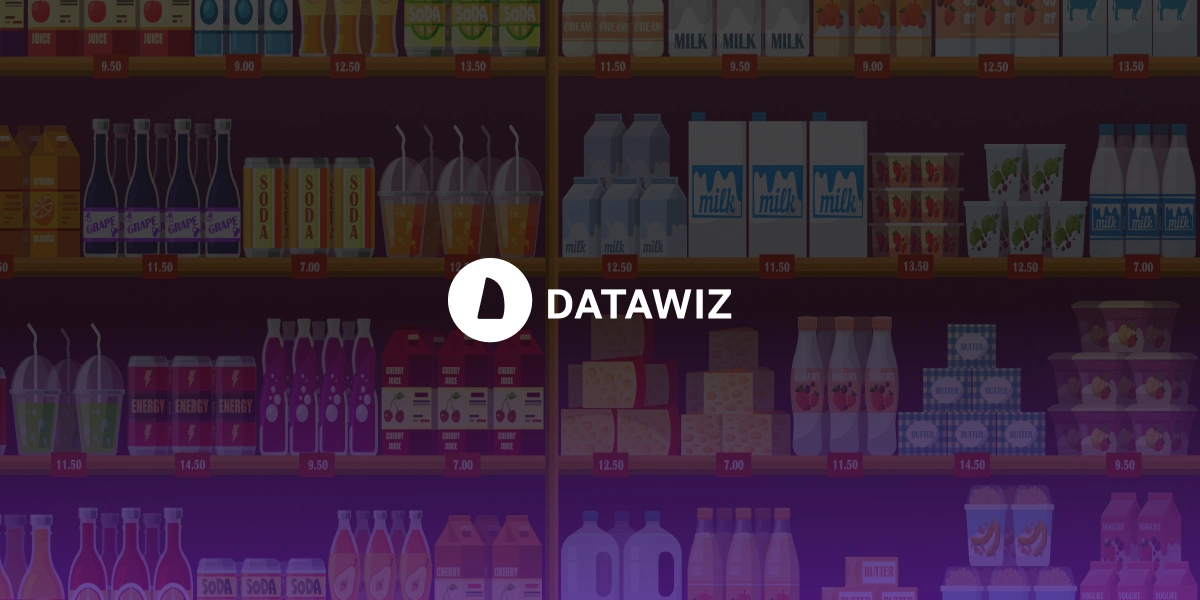What Is Cannibalization in Retail?
Product Cannibalization is a critical concept in the retail landscape. It refers to the scenario where a newly introduced product eats into the sales of an existing product from the same brand or business. Instead of attracting new customers or stealing market share from competitors, the new product simply shifts customer demand internally, often resulting in reduced overall profitability.
In a retail environment, this unintended competition among products can cause a significant disruption in inventory planning, revenue projections, and marketing strategies. Cannibalization in retail may initially seem like a sign of innovation or product expansion, but without careful analysis and planning, it can quickly become a threat to business sustainability.
Reasons for Product Cannibalism
Understanding the root causes of product cannibalism is essential for preventing it. Here are some of the main triggers:
1. Pricing
One of the most common reasons for cannibalization is poor pricing strategy. When a new product is priced significantly lower than an existing, comparable item, it may attract customers away from the higher-priced option. For example, launching a new water bottle at a much lower price than existing options with similar features will almost certainly cause the more expensive product to suffer in sales. This results in lower margins and overall profits for the retailer.
2. Product Mix
Even when pricing is well-calculated, product assortment plays a huge role in consumer decision-making. A new product that closely resembles an existing one may inadvertently split consumer demand. This is particularly true in categories with seasonal or trend-based dynamics, such as fashion. A new seasonal collection may draw attention away from the previous season’s inventory, leading to overstocks and markdowns.
3. Lack of Product Differentiation
When the new product lacks significant differentiation, it becomes difficult for consumers to justify purchasing the older or more expensive alternative. Without clear distinctions in features, benefits, or target audience, the likelihood of internal competition skyrockets.
4. Poor Timing of Launches
Launching new products too close together can create overlap in demand. Retailers must understand consumer buying cycles and plan product introductions accordingly.
Types of Product Cannibalization
Not all cannibalization occurs under the same conditions. There are several types of market cannibalization, each with distinct causes and implications:
- Product Line Cannibalization
Occurs when a new product in the same category pulls sales from existing offerings. For example, launching a low-calorie soda in the same brand line may reduce sales of the original version. - Channel Cannibalization
Happens when sales shift between online and offline channels instead of growing overall. If an online discount drives sales from a physical store, revenue might remain flat or even decline due to lower margins. - Geographic Cannibalization
Takes place when opening a new store or distribution point results in sales decline at nearby locations. Poor territory planning can dilute overall performance despite new openings. - Brand Cannibalization
Occurs when a new brand introduced by the same company captures customers from its own existing brand. This is common in multi-brand strategies where positioning overlaps.
Understanding the type of cannibalization occurring is essential for effective response and long-term planning. It determines whether a pricing adjustment, assortment shift, or even store strategy change is the best course of action.
How to Reduce Product Cannibalization in Retail
While cannibalization can be harmful, it’s not always inevitable. Here are proven strategies for mitigating retail cannibalization:
Predictive Analytics
Predictive analytics is one of the most effective tools to combat retail cannibalization. It allows retailers to foresee how a new product may impact current inventory, pricing, and sales performance. LeveragingAI-powered analytics, businesses can simulate pricing scenarios, test product mixes, and predict demand at a store-specific level.
Modern analytics platforms evaluate factors like:
- Geo-demographic diversity
- Price elasticity
- Seasonal demand trends
- Promotional lift
Predictive models help retailers make informed decisions before committing to costly product launches. For businesses looking to gain this kind of insight, platforms likeDatawiz.iooffer comprehensive product cannibalization analysis and forecasting tools tailored to grocery and retail chains.
Identifying an Optimal Pricing Strategy
Setting the right price for a new product involves more than just benchmarking against competitors. Retailers must consider internal product relationships and historical sales data. With retail cannibalization analysis, businesses can simulate how a new product’s pricing might influence the rest of the assortment—both online and in-store.
Run Pricing and Assortment Scenarios
Advanced analytics allow retailers to test their strategies in a virtual environment. This minimizes financial risk and provides valuable insights. Scenario planning helps identify:
- The likelihood of sales shifts
- Potential overstocks
- Inventory allocation issues
Use Differentiation Tactics
To prevent product overlap, clearly define the unique value proposition of new products. This can be achieved through:
- Targeting different customer segments
- Introducing new features or packaging
- Bundling with complementary products
Advantages and Disadvantages of Market Cannibalization
Advantages | Disadvantages |
Increases market share | Decreases overallrevenue |
Helps retire outdated inventory | Forces markdowns and promotions |
Tests new product ideas | Creates internal competition |
Boosts brand innovation perception | Inventory imbalances and higher holding costs |
Market Cannibalization, when planned carefully, can be used as a deliberate strategy to modernize product lines, push out old inventory, and test new market opportunities. But it must be monitored closely to ensure it doesn't spiral into unintended losses.
Examples of Product Cannibalization in Retail
- A retailer introduces a new organic yogurt with minimal differences from its existing yogurt line but positions it at a lower price. Customers shift their preference, leading to reduced sales of the original line and an overall decrease in margin.
- A seasonal fruit juice variant with attractive packaging and promotional pricing pulls demand away from the year-round standard offering, resulting in unsold stock of the latter.
- The introduction of a high-protein snack bar results in a decline in sales for existing low-carb options in the same category, due to overlapping health positioning.
Calculating Product Cannibalization
The basic formula for calculating product cannibalization is:
Cannibalization Rate = (Sales Loss of Existing Product) / (Sales of New Product)
This formula gives a straightforward ratio indicating how much of the new product's sales are derived from existing products rather than from new market demand.
Retail cannibalization can either be a hidden trap or a smart growth strategy depending on how it’s handled. Understanding the causes, proactively planning with retail cannibalization analysis, and using advanced tools like predictive analytics are essential for retail success. Whether it’s a pricing decision or a new product launch, retailers should be equipped to anticipate impacts and optimize results. By leveraging advanced data platforms like Datawiz, you unlock real-time scenario modeling, predictive insights, and holistic strategy tools that help eliminate guesswork and boost profitability.
 Co nowego?
Co nowego?




 Nie potrzebna karta bankowa!
Nie potrzebna karta bankowa!